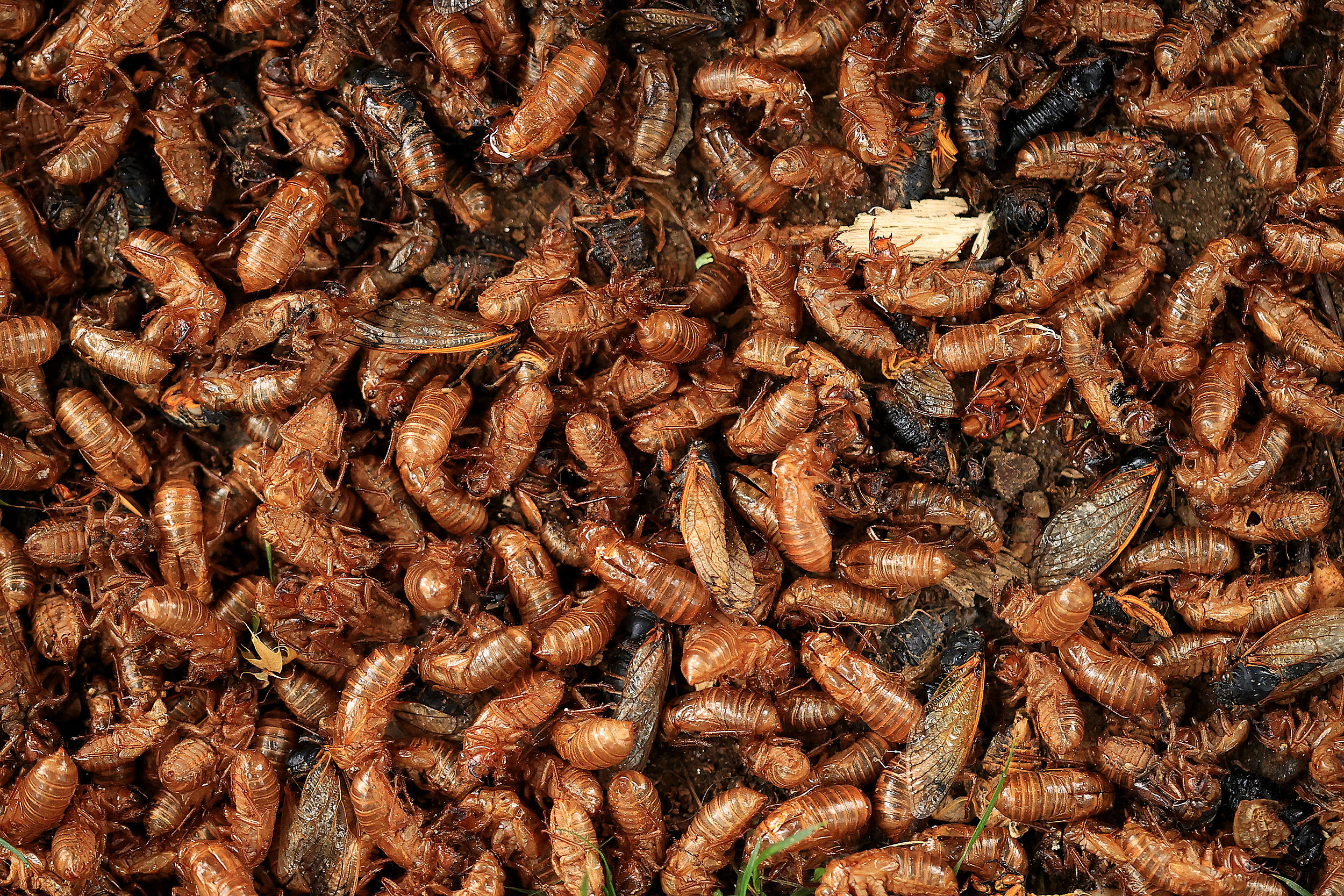
North Dakota’s Cicadas Part Of A Cicadapocalypse Set To Hit Nation
This spring, two distinct broods will emerge at the same time, bringing with them billions of cicadas. One brood emerges every thirteen years, and the other occurs every seventeen.

Parts of the Midwest and Southeast are due for cicadas this spring; however, some throughout the nation will face a once-in-a lifetime onslaught of the noisy insects.
Scattered across the southeastern United States, the Great Southern Brood—the biggest periodical cicada brood—is a 13-year group. On a 17-year cycle, the Northern Illinois Brood (also known as Brood XIII) arises.
This week marked the official start of spring in North Dakota. And if you're from the south, you could find some solace in the fact that you'll soon hear a sound that's all too familiar.
Cicadas
Their lifeless bodies have likely been strewn over your yard, on patio furniture, or perhaps in your home. However, cicadas also attract unwelcome visitors. Gathering around trees, copperheads wait for a newly hatched cicada to drop to the ground, where they can quickly devour it.
An unprecedented emergence has not occurred in America since the presidency of Thomas Jefferson and will not occur again until the year 2245. Some are calling this unprecedented invasion of insects the cicadapocalypse.
Different Types of Cicadas
The annual hatching of cicadas is quite common. However, things will change this year. Actually, it's going to be totally different. The cicadas come in three distinct varieties. Each year, a specific kind of egg hatches. Another kind hatches every thirteen years, and yet another every seventeen.
The difference between 2024 and the previous year is that the hatch rate of the 13 and 17 cicadas will coincide. This means that in only one season, there might be billions of cicadas. It hasn't occurred in 221 years; therefore, this is historic.

It might be a little louder this spring and summer in the trees, but it will also be pretty incredible to witness.
We may rest easy knowing that cicadas pose no threat to humans or pets. They may, however, cause damage to trees. The life cycle of a cicada begins with the female cutting a hole in a tree to deposit her eggs. After that, the nymphs descend to the ground and burrow themselves into the tree, feeding on the sap that might eventually weaken or kill a young tree, according to Purdue University.
Not only are cicadas harmless to humans, but they also serve a useful purpose, so we should not eliminate them. Animals, such as birds, snakes, and fish, rely on cicadas for sustenance. In addition to becoming plant nourishment when they die, they aerate the soil if the nymphs borrow anywhere other than near a tree.
During the spring and summer, it may be slightly more audible in the trees, but it will also be quite remarkable to see.
Tornados in 2023: States With the Most Property Damage
Gallery Credit: Scott Clow
60 Country Stars' Real Names Revealed
Gallery Credit: Billy Dukes

